“Five hundred”, Jason Wanken said. “OK, and the price?”, I asked. Again the reply was “Five hundred”. I was sitting in the buddy seat of a combine that had a 500 hp engine and cost around US$ 500,000. An impressive machine that replaces hundreds of farmhands.
Up here on Montana’s Hi-Line, the stretch of land around the Great Northern Railway line, bigger is better. When settlers were lured here in the early 20th century, they could claim up to 320 acres in exchange for farming the land for three years and building a house. Soon it became clear that this wasn’t enough to feed a family, and a process of concentration set in. Today, the average farm size is more than 3,000 acres.
Wanken’s family farms some 5,000 acres, most of it wheat. He and his brother own three big combines, which allows for quick harvests at just the right time and gives them enough capacity to do some custom cutting in addition to harvesting their own crop. The downside is that all the equipment they have binds a lot of capital.
The ride in the combine was actually quite comfortable. Air-conditioning, a filter system against the outside dust, noise insulation and a nice stereo system help create a relaxed atmosphere. So does the computer that controls the machine. With the help of a GPS receiver it automatically steers the combine to within a foot, so there will be no overlap between tracks and no wheat will be left uncut. I have seen some farmers who got so bored on their combines that they played with their cell phones all the time, texting friends and family. Every time the grain tank is full a semi truck drives alongside the combine and the grain is unloaded while the cutting continues.
This process is so efficient that a farmer can run a 5,000 acre farm with only the occasional help of his wife and a truck driver at harvest time. As a consequence, there are not many farm jobs left, which is one of the reasons young people are leaving the area. Towns like Shelby, Chester, Inverness and Rudyard suffer from declining populations. Some of the towns were forced to consolidate their schools as the diminishing numbers of students didn’t justify individual ones any more.
While it was customary to grow wheat in a field one year and then let it lie dormant for the next, crop rotation or crop sequencing is gaining traction among Hi-Line farmers. Especially field peas and lentils have proven to put nitrogen back into the soil and break the lifecycle of wheat pathogens, insects and weeds. Columbia Grain International (CGI) operates a highly automated plant in Tiber where peas and lentils are cleaned, sorted and packaged ready for shipment by train.
The railway that originally made the Hi-Line what it is proves to be a limiting factor today. For long stretches it only has a single track, making it hard to manage trains of different speeds or directions. In the mountainous western part of the line that eventually goes to Portland and Seattle, a long tunnel that needs to be ventilated for three quarters of an hour between train passes is a severe bottleneck. Most of the limited capacity of this railway system is used by long rows of freight cars that carry oil and natural gas from the Bakken Shale, a highly productive deposit in North Dakota and the eastern part of Montana, to the West Coast. Says Mike Backen, who manages the CGI pea and lentil plant,”Often when I order twenty railway cars for our products, I get only three. The oil companies simply pay much more than we can”.
A major factor in assessing the price of a crop, be it wheat, barley, lentils, peas or any other, is its quality. Quality can be determined by many factors, including the amount of mechanical damage (for example by hard rain or hail), the amount of weed seeds contained in the harvest and the content of nutrients. The Montana State Grain Lab in Great Falls is the officially licensed testing facility in the state. Farmers and trading companies have their crop analyzed here, as well as insurance companies to validate crop damage related claims. A group of experts perform a multitude of tests, ranging from measuring protein content and falling numbers of wheat to determining the percentage of damaged peas in a shipment.
A lot of us don't know anymore where our food comes from and how it is processed. Seeing firsthand how much science, technology, money and effort go into producing something as seemingly simple as bread was eye-opening and fascinating.


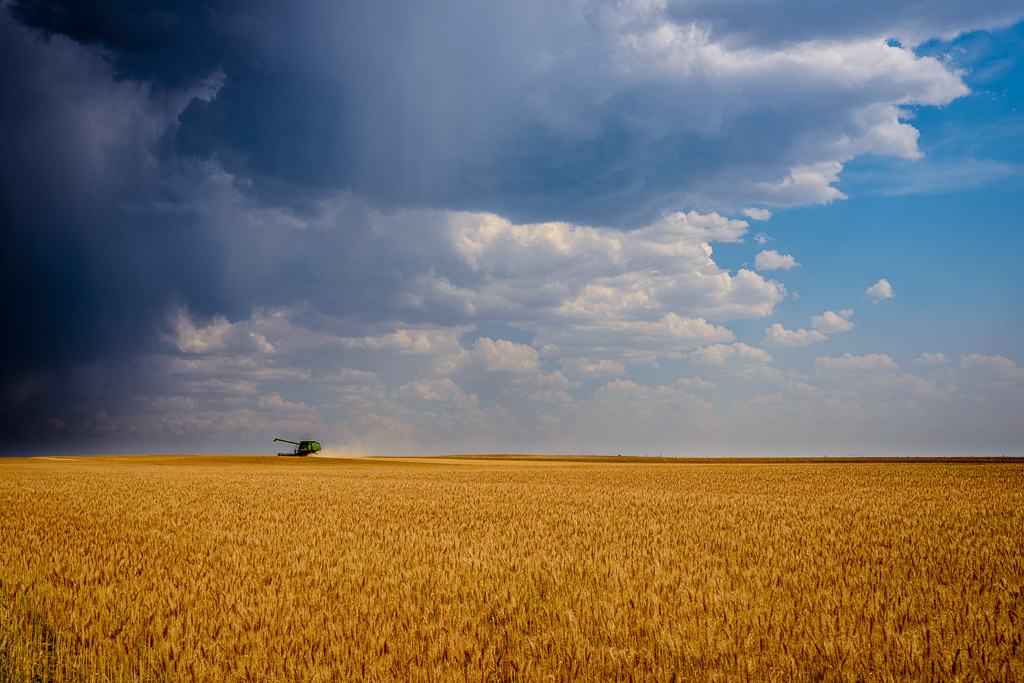
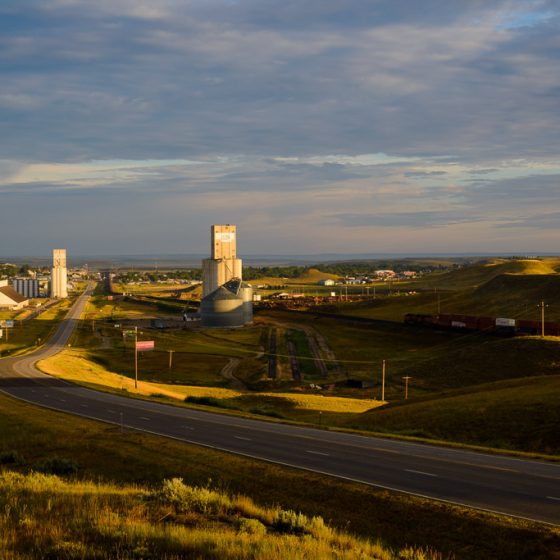
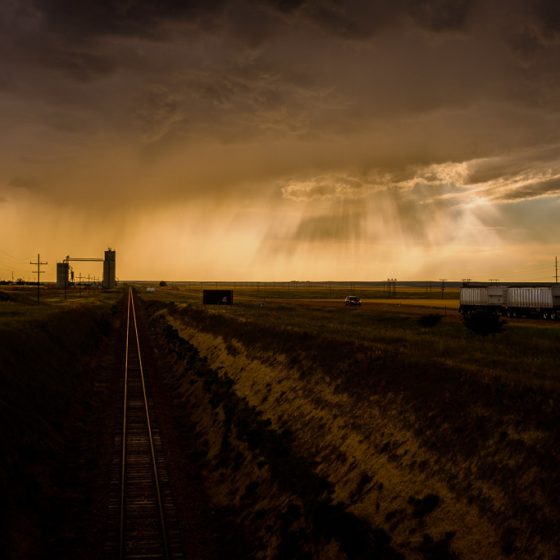
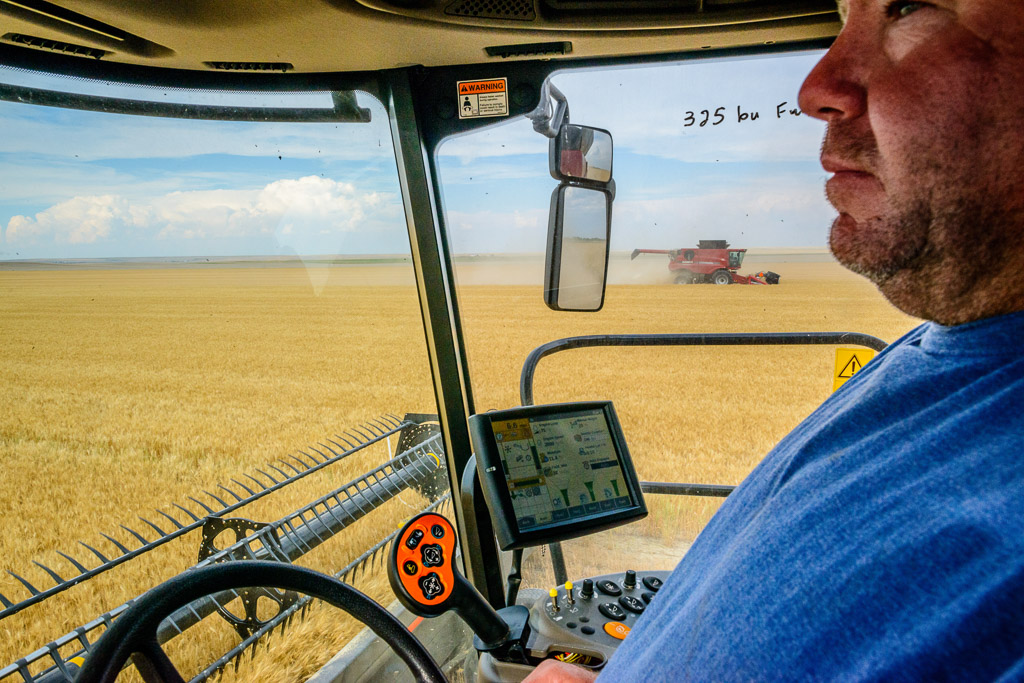
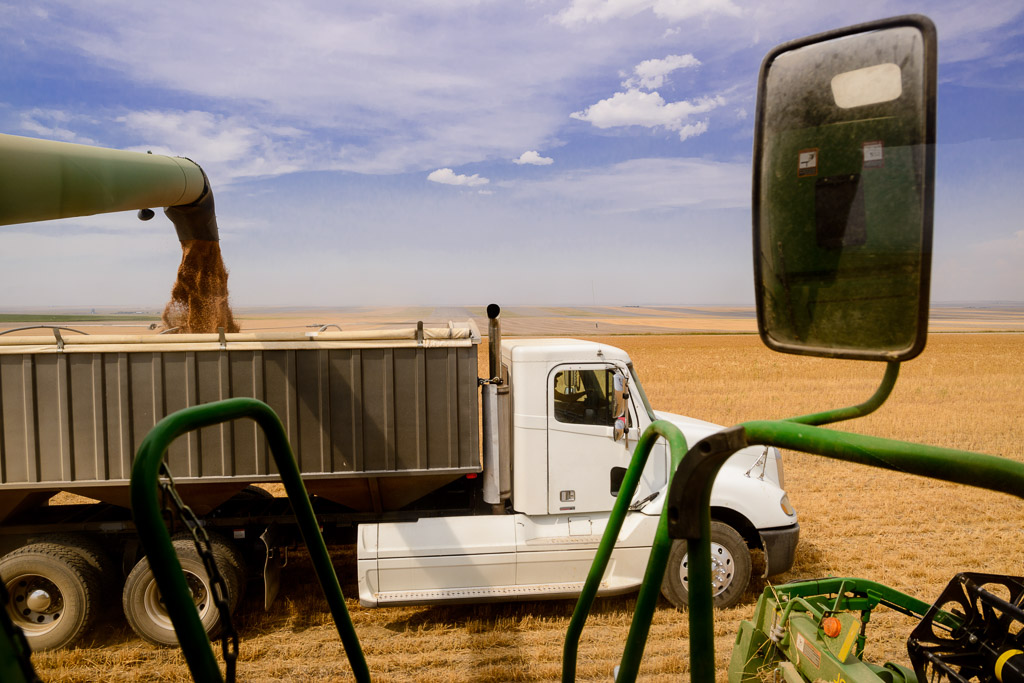
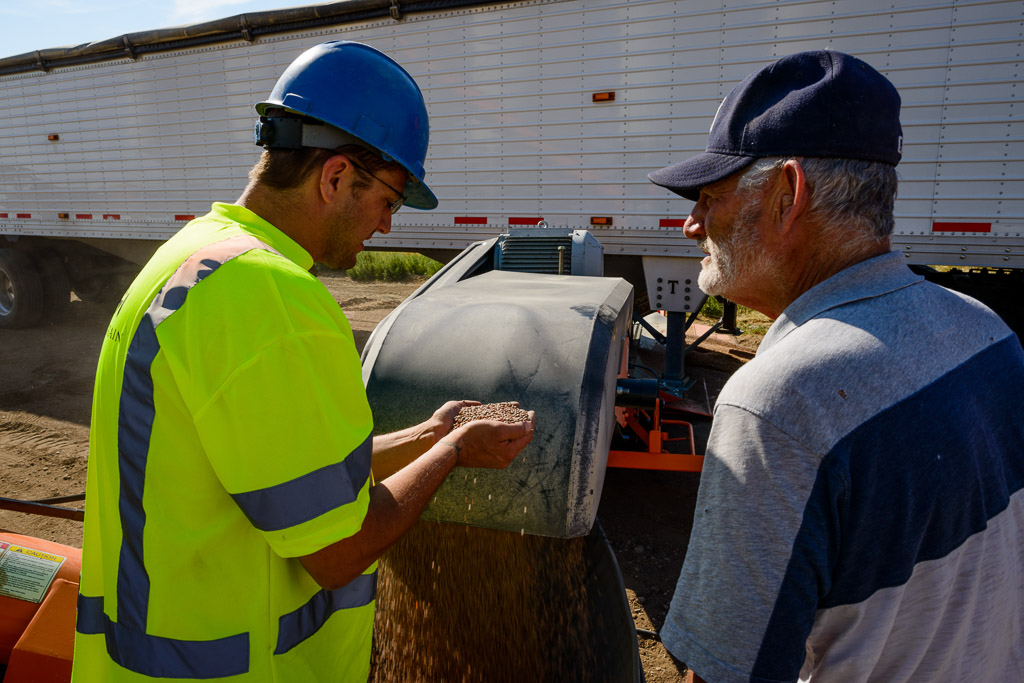
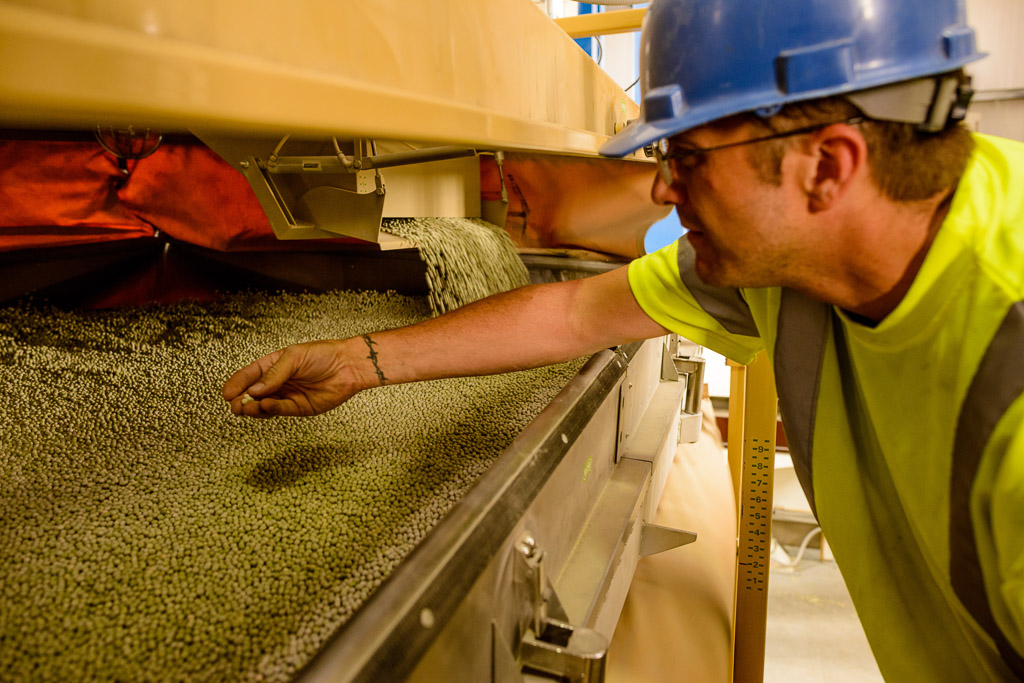
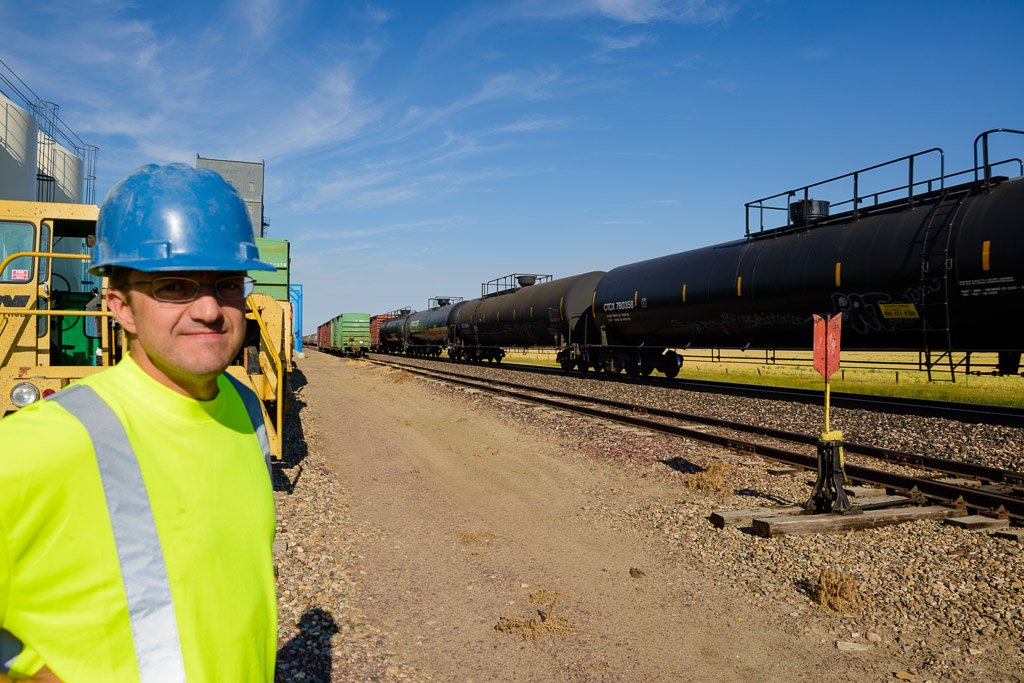
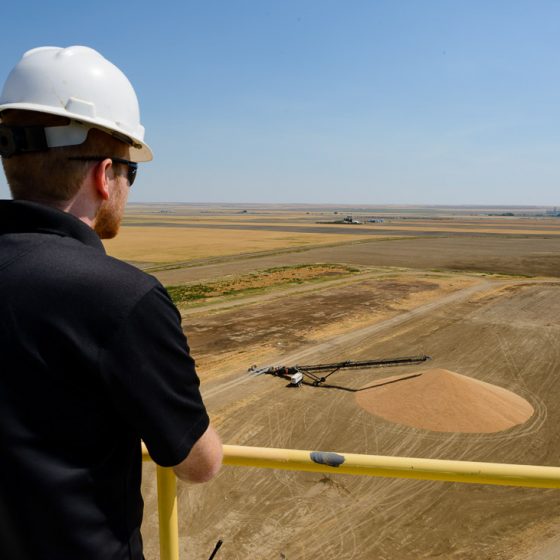
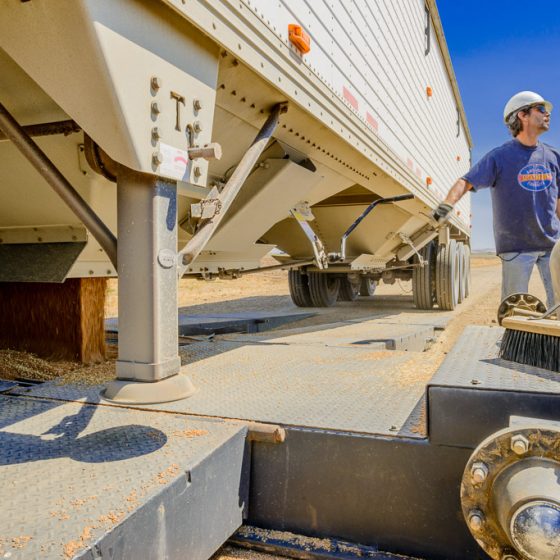
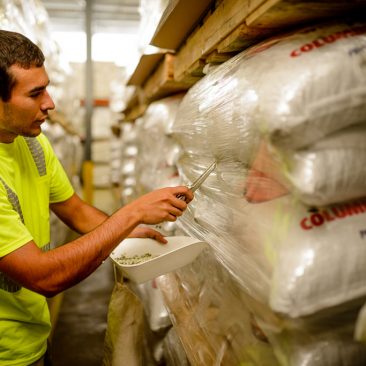
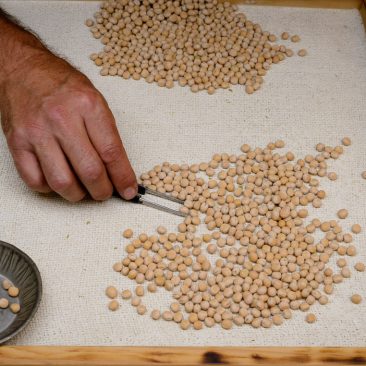
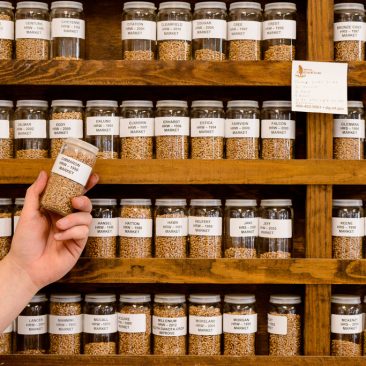
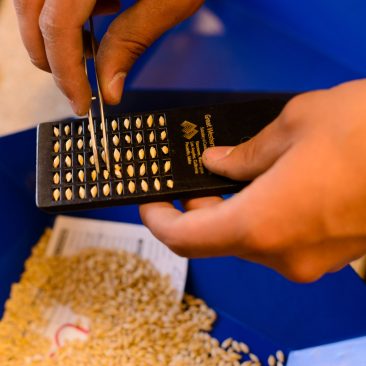
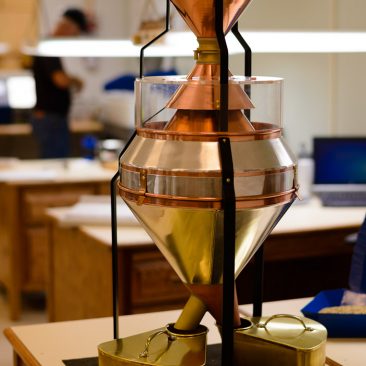
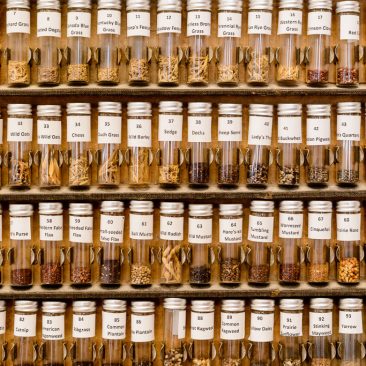
Leave a Reply